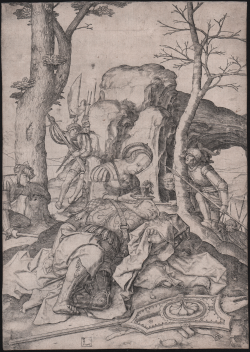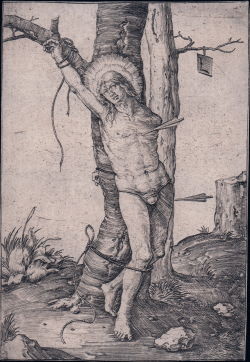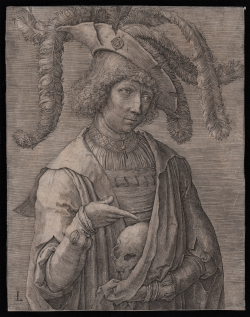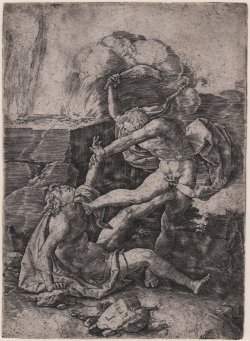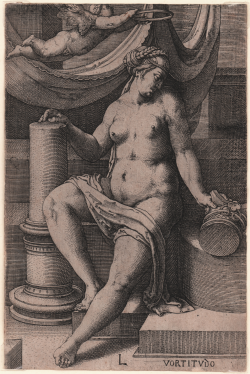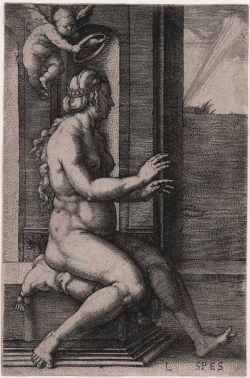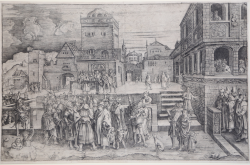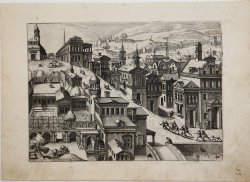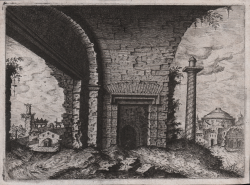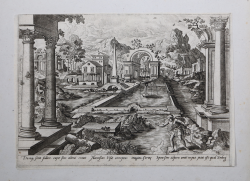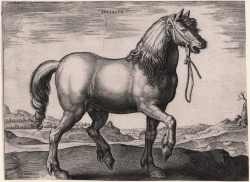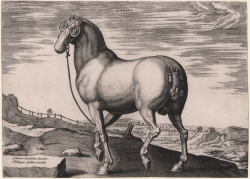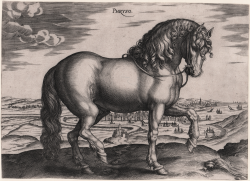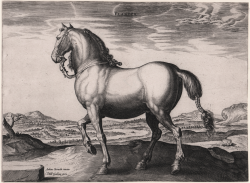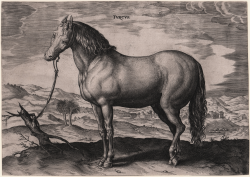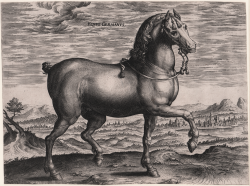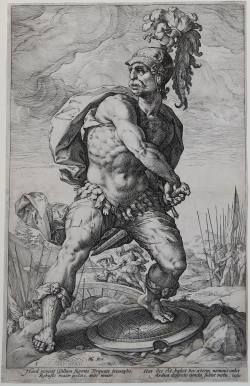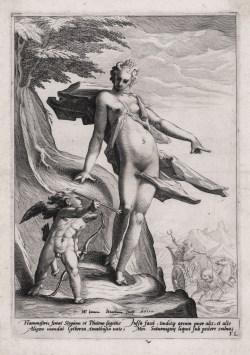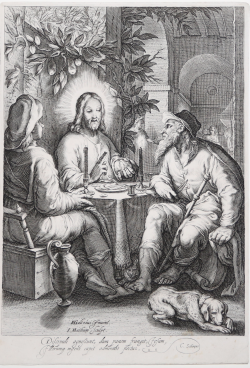XVI Century - Dutch School
XVI Century - Dutch School
Showing 1-20 of 46 item(s)
Lucas van LEYDEN
Code:
S44011
Measures:
200 x 285 mm
Year:
1507 ca.
Lucas van LEYDEN
Code:
S40823
Measures:
73 x 105 mm
Year:
1510 ca.
Lucas van LEYDEN
Code:
S39932
Measures:
142 x 184 mm
Year:
1519
Lucas van LEYDEN
Code:
S37953
Measures:
119 x 163 mm
Year:
1529
Lucas van LEYDEN
Code:
S40261.22
Measures:
108 x 162 mm
Year:
1530
Lucas van LEYDEN
Code:
S40261.21
Measures:
108 x 164 mm
Year:
1530
Anonimo
Code:
S32502
Measures:
444 x 283 mm
Year:
1540 ca.
Johannes van DOETECUM
Code:
S37812
Measures:
210 x 153 mm
Year:
1562 ca.
Johannes van DOETECUM
Code:
S45950
Measures:
215 x 155 mm
Year:
1562
Baptiste van DOETECUM
Code:
S29274
Measures:
293 x 210 mm
Year:
1572 ca.
Johannes van DOETECUM
Code:
S305202
Measures:
243 x 198 mm
Year:
1574 ca.
Hendrick GOLTZIUS
Code:
S7318
Measures:
261 x 192 mm
Year:
1579
Hendrick GOLTZIUS
Code:
S8648
Measures:
266 x 190 mm
Year:
1579
Hendrick GOLTZIUS
Code:
S5188
Measures:
270 x 195 mm
Year:
1579
Hendrick GOLTZIUS
Code:
S5203
Measures:
265 x 195 mm
Year:
1579
Hendrick GOLTZIUS
Code:
S7324
Measures:
265 x 195 mm
Year:
1579
Hendrick GOLTZIUS
Code:
S5200
Measures:
265 x 195 mm
Year:
1579 ca.
Hendrick GOLTZIUS
Code:
S32754
Measures:
232 x 368 mm
Year:
1586
Jacob MATHAM
Code:
S38067
Measures:
143 x 204 mm
Year:
1590
Jacob MATHAM
Code:
S39063
Measures:
184 x 267 mm
Year:
1590 ca.

